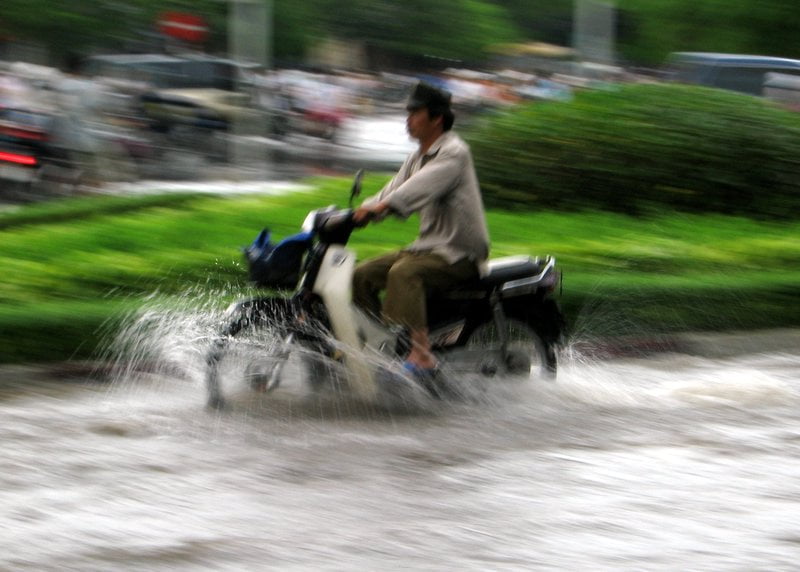In UN circles “Sendai” is shorthand for a major 2016 conference about disaster risk reduction, which took place in Sendai, Japan. Out of this meeting came the “Sendai Framework” which is often referenced in UN meetings and documents about how to best reduce the damage that natural disasters and climate change can visit upon communities. The idea is that natural disasters, including those exacerbated by climate change, were a major impediment to sustainable development and also the health and well being of vulnerable communities around the world (it is estimated that disasters push 26 million people into poverty each year.
The “Sendai Framework” was a global plan of action to streamline international efforts to make communities more resilient That framework identified seven global targets:
The Seven Global Targets
(a) Substantially reduce global disaster mortality by 2030, aiming to lower average per 100,000 global mortality rate in the decade 2020-2030 compared to the period 2005-2015.
(b) Substantially reduce the number of affected people globally by 2030, aiming to lower average global figure per 100,000 in the decade 2020 -2030 compared to the period 2005-2015.
(c) Reduce direct disaster economic loss in relation to global gross domestic product (GDP) by 2030.
(d) Substantially reduce disaster damage to critical infrastructure and disruption of basic services, among them health and educational facilities, including through developing their resilience by 2030.
(e) Substantially increase the number of countries with national and local disaster risk reduction strategies by 2020.
(f) Substantially enhance international cooperation to developing countries through adequate and sustainable support to complement their national actions for implementation of this Framework by 2030.
(g) Substantially increase the availability of and access to multi-hazard early warning systems and disaster risk information and assessments to the people by 2030.
Now, for the first time, the international community has a way to measure progress against these goals. On Thursday, the UN launched a monitoring tool in which countries can report actions taken against the first five of these goals. There are 38 indicators that feed into these seven goals, and now countries have a centralized reporting tool on disaster losses.
This is a significant development for a few reasons. One of the central challenges of the entire enterprise of sustainable development in general — and the Sustainable Development Goals in particular — is the availability of data against which to measure progress. In all, there are 19 Sustainable Development Goals, with 169 targets and 230 indicators to measure progress against those targets and goals. Some of these indicators are reliable, some are less reliable indicators, and some we do not even know yet how to measure the indicators.
That the UN has released publicly released a tool the world can use to report and monitor progress on disaster risk reduction suggests that the process underlying measuring progress on disaster risk reduction is in a healthy place.
Also, this reporting tool can help put little-noticed disasters on the international radar. If used properly by member states, the tool could also help draw attention to disasters that are not single, large scale events–but rather a succession of smaller disasters. “It is impossible to prevent disasters and to manage risk if a country is not measuring its disaster losses, particularly at the local level, for both small-scale and large-scale events,” said the Secretary-General’s newly appointed Special Representative of the for Disaster Risk Reduction Mami Mizutori in a statement yesterday. “improving how we manage risk is vital and this requires a deeper understanding of where these losses are occurring and not just for major internationally recorded events. The silent, small-recurring events, such as floods and droughts can take a huge toll on communities which lack essential health services and other coping capacities.”
Bottom line: Check the monitor often!
